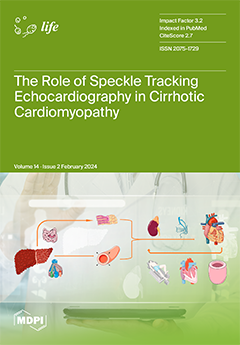The Siberian moth,
Dendrolimus sibiricus Tschetv., 1908 (Lepidoptera: Lasiocampidae) is a conifer pest that causes unprecedented forest mortality in Northern Asia, leading to enormous ecological and economic losses. This is the first study summarizing data on the parasitoid diversity and parasitism of this pest over the last 118 years (1905–2022). Based on 860 specimens of freshly reared and archival parasitoids, 16 species from two orders (Hymenoptera and Diptera) were identified morphologically and/or with the use of DNA barcoding. For all of them, data on distribution and hosts and images of parasitoid adults are provided. Among them, the braconid species,
Meteorus versicolor (Wesmael, 1835), was documented as a parasitoid of
D. sibiricus for the first time. The eastern Palaearctic form,
Aleiodes esenbeckii (Hartig, 1838)
dendrolimi (Matsumura, 1926), status nov., was resurrected from synonymy as a valid subspecies, and a key for its differentiation from the western Palaearctic subspecies
Aleiodes esenbeckii ssp.
esenbecki is provided. DNA barcodes of 11 parasitoid species from Siberia, i.e., nine hymenopterans and two dipterans, represented novel records and can be used for accurate molecular genetic identification of species. An exhaustive checklist of parasitoids accounting for 93 species associated with
D. sibirisus in northern Asia was compiled. Finally, the literature and original data on parasitism in
D. sibiricus populations for the last 83 years (1940–2022) were analysed taking into account the pest population dynamics (i.e., growth, outbreak, decline, and depression phases). A gradual time-lagged increase in egg and pupal parasitism in
D. sibiricus populations was detected, with a peak in the pest decline phase. According to long-term observations, the following species are able to cause significant mortality of
D. sibiricus in Northern Asia: the hymenopteran egg parasitoids
Telenomus tetratomus and
Ooencyrtus pinicolus; the larval parasitoids
Aleiodes esenbeckii sp.
dendrolimi,
Cotesia spp., and
Glyptapanteles liparidis; and the dipteran pupal parasitoids
Masicera sphingivora,
Tachina sp., and
Blepharipa sp. Their potential should be further explored in order to develop biocontrol programs for this important forest pest.
Full article






